As North Omaha was growing up, different areas developed at different points. The earliest neighborhood was the Near North Side. One of the first suburbs in Omaha is the Walnut Hill neighborhood.
Bounded by Cuming Street on the south, Northwest Radial Highway and Saddle Creek Road on the west, N. 40th Street on the east, and Lake Street on the north, the Walnut Hill neighborhood has a lot of unique features and a rich history.
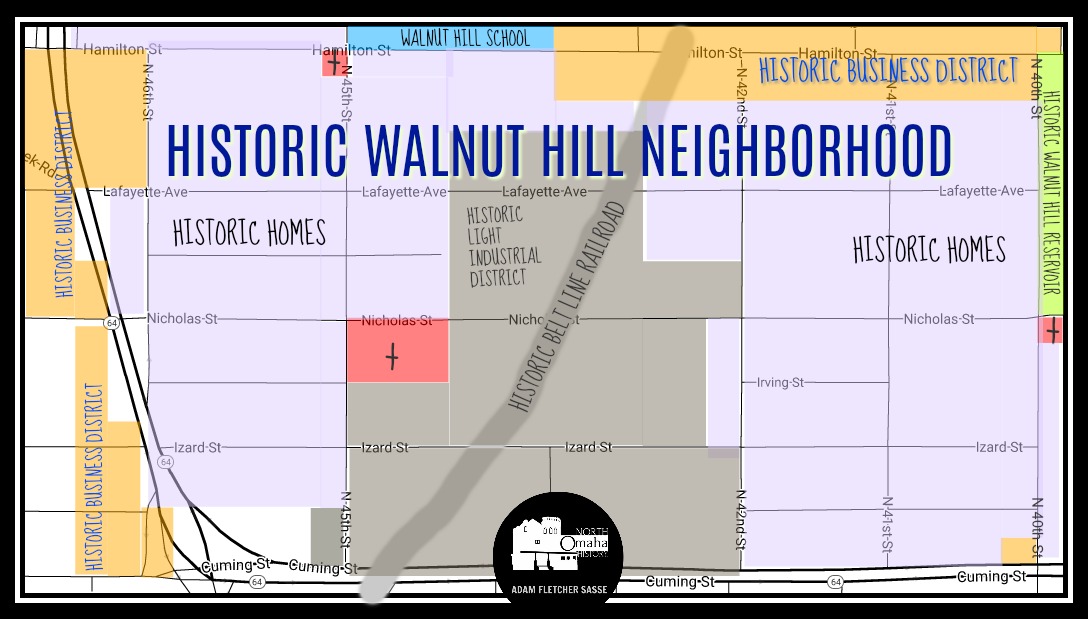
A Streetcar Suburb

In 1885, Sam Mercer, a successful doctor and real estate mogul in Omaha, developed a plan to subdivide his section of land near the Prospect Hill Cemetery. Mercer built his own massive mansion at the highest point in the neighborhood and kept his Parkview Estate intact for 20 years before he died. A majority stakeholder in Omaha’s main streetcar company, Mercer wanted his to be Omaha’s first-ever “streetcar suburb.” Running the streetcar almost directly from downtown to his development was the second amenity of Walnut Hill.
Mercer named the neighborhood after his hometown in Illinois.
The neighborhood had its own commercial district, beautiful churches, spectacular parks, and wonderful school. There were other early amenities, too: Omaha was late to pave its streets, and while most neighborhoods were only reachable on dirt, Cuming Street was “paved” almost entirely with cedar blocks as soon as Mercer opened his lots to be sold. Even better than that though, is that within five years, the length of Cuming coming uphill to Walnut Hill was covered with Galesburg brick, a fine paver used in Omaha’s most exclusive early neighborhoods.
While it was fashionable, several fine churches opened up in the neighborhood. They included Walnut Hill Methodist Episcopal Church (1888), Lowe Avenue Presbyterian Church (1906), St. Andrews Episcopal Church (1887), and others.
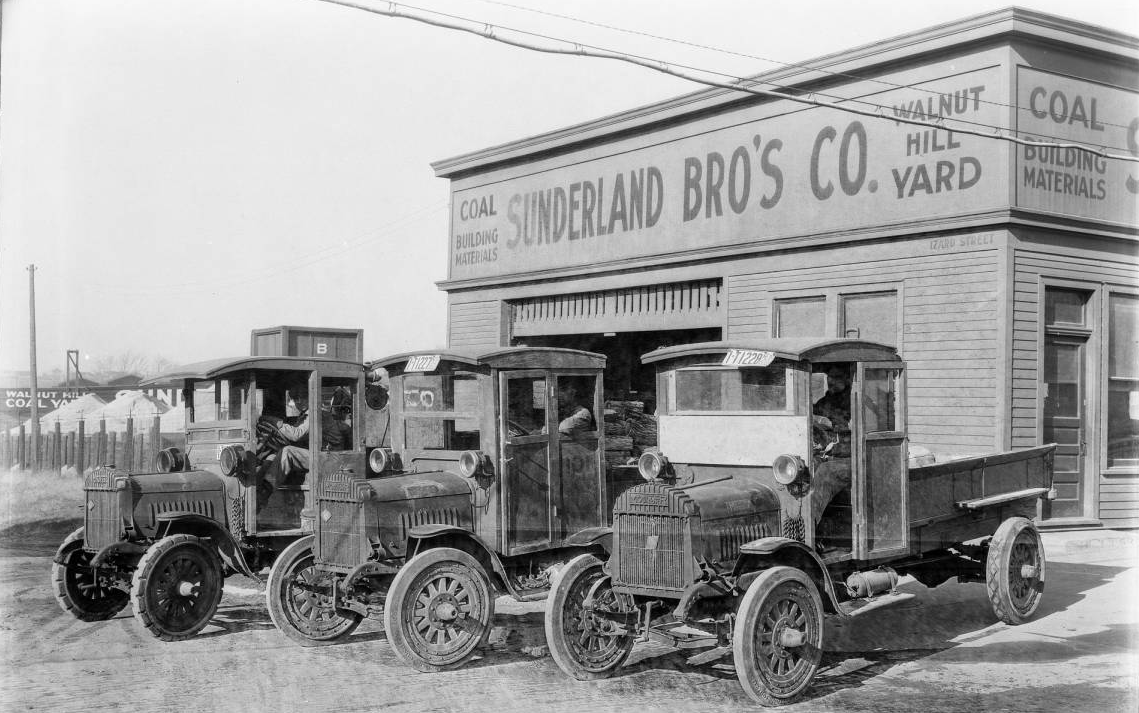
For about 20 years starting around 1890, the Omaha Belt Line Railway was also an important transportation factor for Walnut Hill. Designed to provide higher speed, more direct access to the entire city for residents throughout the city, the Belt Line cut straight through the neighborhood. This allowed its residents to take leisurely rides through the city’s extreme outskirts, and gave many people connections to other neighborhoods they would’ve never seen otherwise.
Through example, intention and power, Mercer grew one of Omaha’s most important suburbs early in city history. It had all the right people, all the best homes, and many of the city’s best features. Here’s a short history of the neighborhood.
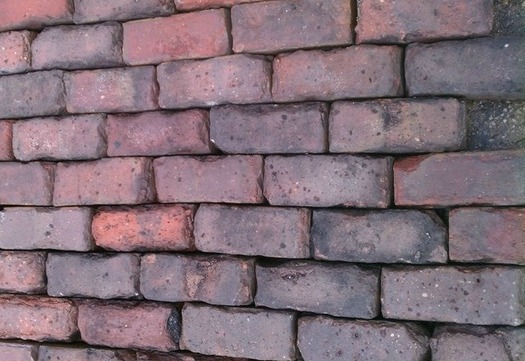
Mercer Mansion
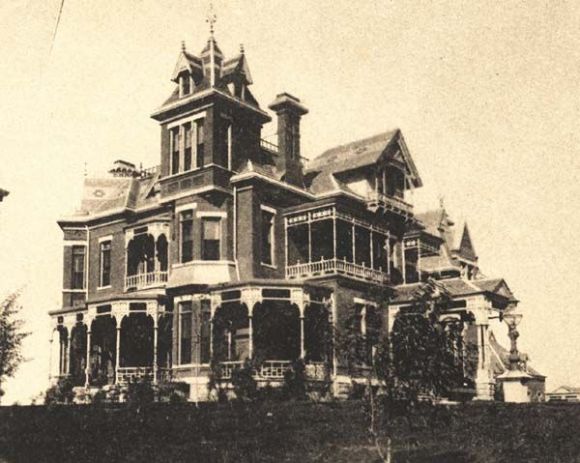
The first amenity was the crown jewel of the entire community for a long time. Mercer had his own twenty-three room Queen Anne mansion built on the top of Walnut Hill for all to see as they crested the hill on the streetcar. It is located at 3902 Cuming Street.
Built in 1885, this spectacular home is a large, rambling beauty sits on an entire city block. Its ornate brick exterior is unusual and features a lot of peaks and indentations, making the eyeballs pop when you’re trying to take in the whole house. On the corner of the mansion, large 4 story tower told everyone how important the home was to the neighborhood, while the placement of the mansion told everyone how important Mercer was to the entire city.
Inside his home, Mercer built a modern house fit for a king. Cherry, mahogany, oak and black walnut woodwork fills every nook and cranny. Fine moldings, built-in cabinetry and stunning banisters on the staircases make the home spectacular in every way. Originally, there were butler’s rooms and plenty of space for guests. It was stellar.
Learn more about the Mercer Mansion »
J. B. Mason House

Local architect J.B. Mason built 4025 Izard, in 1890, just four years after the Mercer Mansion was finished, and just a few houses away. According to myomahaobsession.com, there are “20 or more rooms” with 21 different kinds of wood throughout the house. Home to an eclectic hospital for several decades, there are also “many fireplaces faced with pottery from Holland.” Perhaps the most spectacular detail to this house isn’t indoors at all though. Instead, its in the backyard. The longtime owner of that period, an eccentric doctor, built a grand castle and virtual fairyland in the backyard. I highly recommend the myomahaobsession article about the property.
Neely House
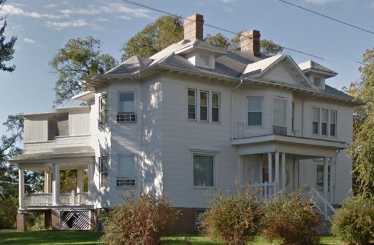
The Neely House at 4371 Hamilton St in the Walnut Hill neighborhood was built in 1905, and today it has almost 3,400 square feet, sitting on 1/3 acre of land. The house was built for Henry David Neely, who was in the insurance industry and was president of the Nebraska Life Underwriters’ Association. Born in 1851, he was trained as a lawyer and moved to Omaha in 1891. His wife, Emma, was involved throughout the community, including with the Omaha Women’s Club and the Ornithological Society. They were members at the Lowe Avenue Presbyterian Church, which was at N. 40th and Nicholas (the building is still there). Today, the Neely House is subdivided into apartments.
Other Significant Homes and Buildings
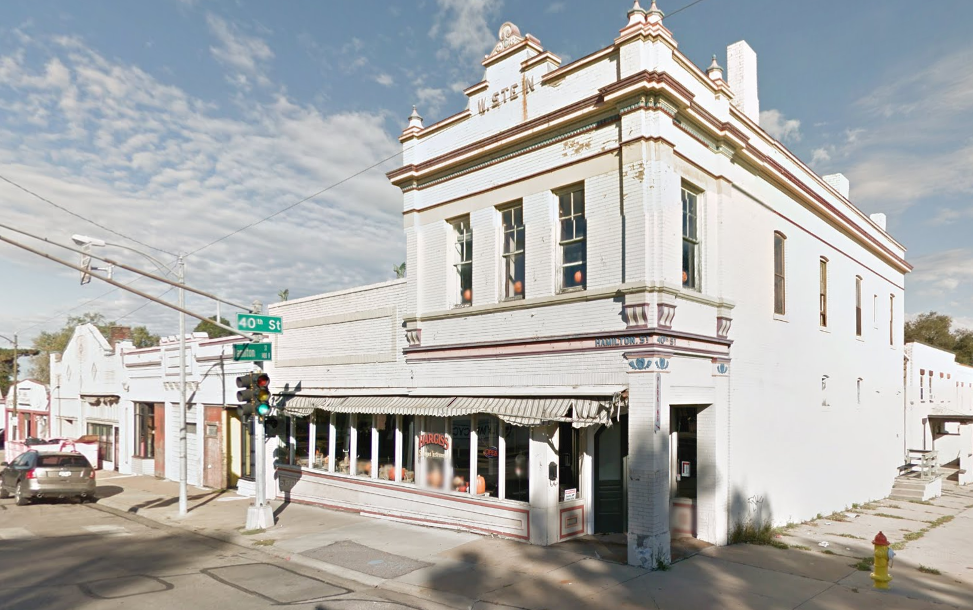
The Stein block at North 40th and Hamilton Streets has been the subject of ongoing renovations by John Hargiss. Currently, the former bakery on the corner has been restored as a string instrument shop, and the 40th Street Theater has been reopened as a performance and rental space.

Located on the other side of the neighborhood, the Omar Baking Company was located at North 43th and Nicholas Streets. The company delivered bakery products to neighborhoods around the city through much of the 20th century using horse-drawn wagons and trucks. This facility ran from 1923 through the 1960s. As for fine homes, Mercer’s wasn’t the only one on Walnut Hill. Instead, the entire neighborhood is packed with fine, large homes and kinda glamorous apartments. The City of Omaha has noted that the following homes and buildings are architecturally important:
- 903, 925 and 1023 Mercer Blvd
- 912, 1010 and 1026 Mercer Park Road
- 3415 and 4371 Hamilton Street
- 3110, 4125, and 4383 Nicholas Street
- 3019, 3130, 3205, 3219, 3419, 3423, 3514, 3647, and 4024 Lafayette Avenue
- 4504 Cuming Street
- 4009, 4012, 4016, 4025, 4106, 4113, 4128
- 4517 Izard Street
Samuel Mercer was also responsible for platting the opulent Bemis Park neighborhood, which is next to the Walnut Hill neighborhood.
Modern Omaha designer Quentin Lueninghoener has shared with me extensive information about Sidney Smith (1839-1915), the architect who designed Dr. Mercer’s fine home. Apparently, Smith was hired to design many of the homes in the Walnut Hill neighborhood after his work for Dr. Mercer. Most exciting to me is that they vary in size and opulence. Some of them are huge and ornate while others are small and simple—but there are mixes in-between too, with small ornate houses and large simple homes. Following are some of the Sidney Smith-designed houses still standing in Walnut Hill:
- 1112 North 40th Street (1885)
- 4010 Nicholas Street (1885)
- 4012 Nicholas Street (1885)
- 4014 Nicholas Street (1885)
- J. T. Stuart House, 4130 Nicholas Street (1885)
- 4024 Nicholas Street (c.1886)
- 4102 Nicholas Street (c.1886)
- 4112 Nicholas Street (c.1886)
- 4116 Nicholas Street (c.1886)
- 4120 Nicholas Street (c.1886)
- 4124 Nicholas Street (c.1886)
- 4128 Nicholas Street (c.1886)
- 4201 Lafayette Street (c.1886)
- 4207 Lafayette Street (c.1886)
- 4211 Lafayette Street (c.1886)
- 4215 Lafayette Street (c.1886)
- 4019 Lafayette Street (c.1886)
- 4022 Lafayette Street (c.1886)
- 4023 Lafayette Street (c.1886)
Additionally, Sidney Smith is credited with designing more than 25 other houses throughout the neighborhood in 1885 and 1886. He was very influential in what is standing throughout the Walnut Hill neighborhood today.
The Reservoir Wonderland
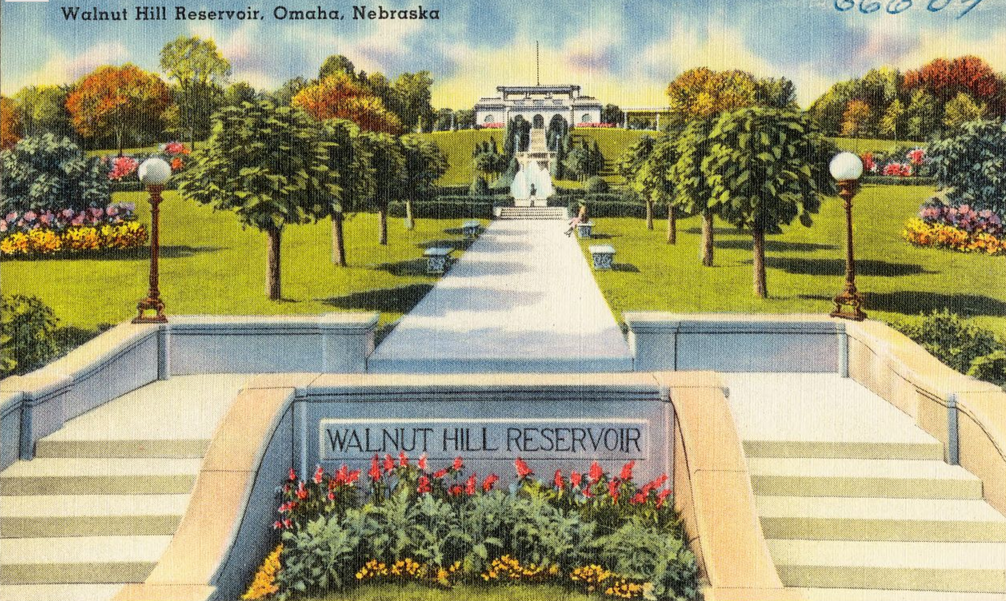
The second amenity in his Mercer’s neighborhood is the Walnut Hill Reservoir. Built in 1885 as part of the original Omaha Water Works, the reservoir was improved and maintained for years as a wonderland in a suburban oasis.
The reservoir has three basins that hold about 22,000,000 gallons of water to help quench the thirst of this part of North Omaha, and a huge pumping station moving all that water around. More importantly though, its a lavish park made with a long sidewalk, an observation point that used to look out over the Missouri River Valley, and a glorious fountain. In its day, the park also had glorious lighting, letting lovers and families enjoy the ambience outdoors.
Learn more about the history of the Walnut Hill Reservoir »
Mercer Park

The neighborhood is also home to the Mercer Park, which is a pretty slice of land that the family donated to the City of Omaha in memory of Caroline Mercer, Samuel’s daughter, after she died in a trans-Atlantic ship sinking. Eleven acres were given to the City in 1910 on the condition they extend Lincoln Boulevard into the park to connect it through the Reservoir’s parkland, with the goal of tying it to the John Creighton Boulevard several blocks away.
The City followed through on part of their deal, which is evident in the funky little driveway along Cuming Street north of N. 38th Street – that was part of the deal. However, the City has long since closed down the Park Drive through the Reservoir’s parkland, and they never connected it to Creighton Boulevard.
Walnut Hill Elementary School
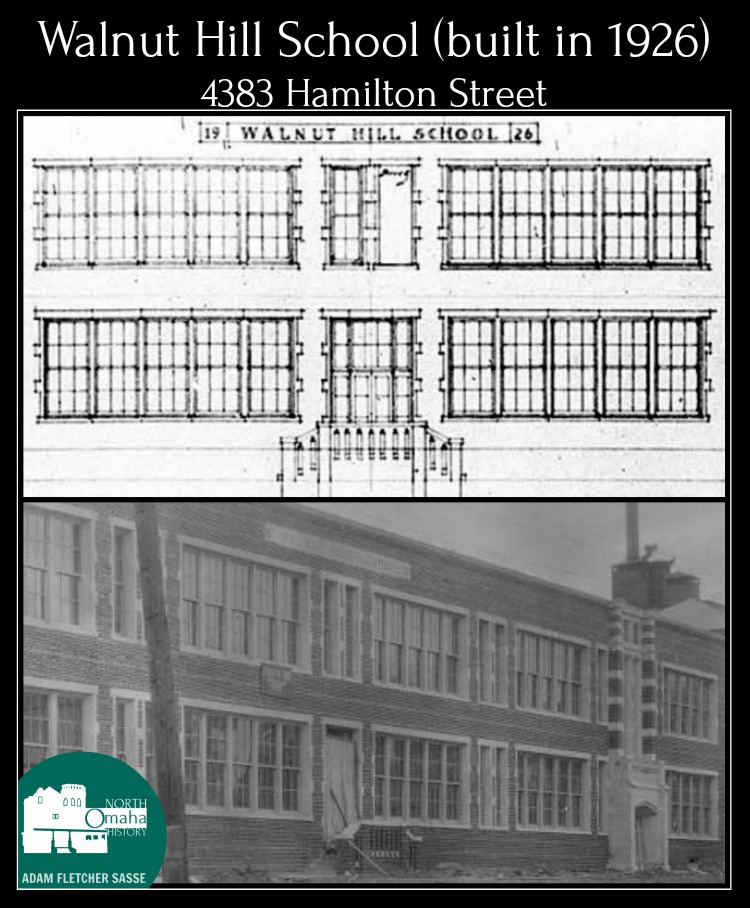
Built in 1926, the Walnut Hill Elementary School at 4355 Charles Street was seen as a vital institution for the neighborhood that reflected its important place in the city’s culture. Originally opened soon after the neighborhood was established, the first school building opened in 1888. Mercer himself donated the land for the building, which included the large grove of black walnut trees the hill was named for.

According to Omaha Public Schools, the building has been renovated four times since: once in 1953, again in 1964, 1985 and again in 2004. Ten new classrooms were added that year, and in 2015 the building has 405 student. The school is racially diverse, and there is a large program for English language learners. The percentage of students qualifying for and receiving free and reduced lunch is 98%.
Methodist Hospital

Founded in another part of Omaha, in 1908 the Methodist Hospital built a grand 100-plus bed facility that opened at 3612 Cuming Street on Walnut Hill. They surely did this because of the prestige of the address and the ease of getting there via Mercer’s streetcar service.
The Methodist Episcopal Hospital and Deaconess’ Home Association started in 1891. Focused exclusively on opening a hospital, the Methodists’ first hospital was opened at St. Mary’s Avenue and S. 20th Street.
In 1908, they moved their facility to 3612 Cuming Street which had 128 beds in the middle part of the building pictured above. They remained on Walnut Hill until 1968, when the moved the main hospital to west Omaha. Rebranding the Cuming Street location as Methodist Midtown Hospital, it stayed open through the 1980s, when the Salvation Army took over the facility.
In 2016, the Salvation Army demolished this historical edifice to make room for a new building.
The Future of Walnut Hill
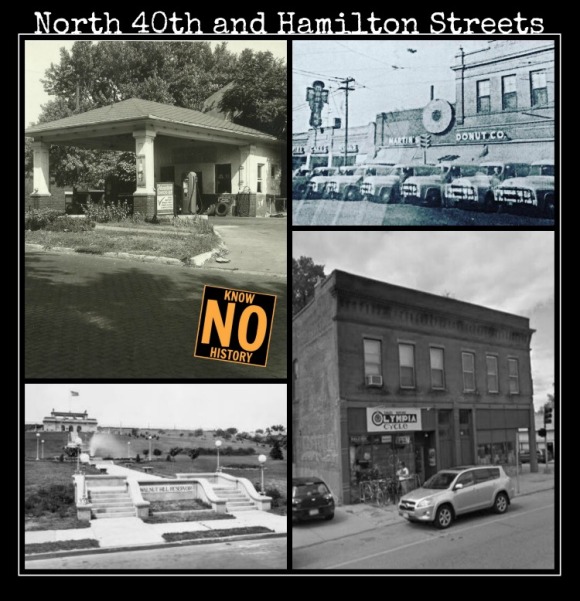
Walnut Hill is not a simple neighborhood. Instead, its packed with contradictions and anomalies that make it one of Omaha’s most dynamic neighborhoods. Well-deserving of any preservation effort foisted upon it, the City of Omaha seems just as likely to deny it its vital role as every other neighborhood in North Omaha. Rather than lavish it with praise and reinforcing its identity, media does no favors.
Instead, just like the rest of the North Omaha community, its up to Walnut Hill to embrace its history, to carve out its identity and to reinforce the important role it has played in the past and can have in the future. That’s is one way its like every other neighborhood in the community. Another way is through the influx of newness happening there: Whereas once the neighborhood was wealthy and white, today there are new populations of diversity and ability. Young immigrant families, long-established African American families and others are moving into Walnut Hill and throughout the area where the neighborhood sits. As the section above about Walnut Hill illustrates, there’s newness all about this area.
So the future of Walnut Hill belongs to the residents of Walnut Hill. If the City of Omaha won’t step up, people in the neighborhood should step up for the neighborhood. Its neighboring institutions are trying to, including St. Cecelia and St. Augustine, and the Walnut Hill School.
What are YOU doing for Walnut Hill today?!?
You Might Like…
MY ARTICLES RELATED TO THE HISTORY OF 40TH AND HAMILTON STREETS
NEIGHBORHOODS: Orchard Hill | Walnut Hill | Bemis Park | Clifton Hill
PLACES: Walnut Hill Reservoir | Military Road | Walnut Hill Methodist Church | Belt Line Railway | Mercer Mansion | Military Theater
OTHER: Cuming Street | Saddle Creek Road | Military Avenue
MY ARTICLES ABOUT THE BELT LINE RAILWAY IN NORTH OMAHA
Businesses:4402 Florence Blvd | 4426 Florence Blvd | 4225 Florence Blvd | Omaha Casket Company | U.S. Brush Company | Murphy, Wasey and Company Factory | Iten-Barmettler Biscuit Company | Uncle Sam Breakfast Food Company | Storz Brewery | Douglas Motors Corporation
Neighborhoods: Nicholas Street Historic District | Squatter’s Row | Near North Side | North Omaha Bottoms | Sulphur Springs | Saratoga | Bedford Place | Plum Nelly | Clifton Hill | Orchard Hill | Walnut Hill | Military Avenue
Related: Railroads | 30th and Ames | 16th and Locust | 40th and Hamilton
MY ARTICLES RELATED TO 45th and MILITARY
Military Road | Military Theater | Clifton Hill | Orchard Hill Neighborhood | Walnut Hill | Fontenelle Boulevard | Nebraska School for the Deaf | Saddle Creek Road | Cuming Street
MY ARTICLES ABOUT HISTORIC NEIGHBORHOODS IN NORTH OMAHA
National Register of Historic Places Historic Districts in North Omaha: 24th and Lake Historic District | Benson Downtown Historic District | Country Club Historic District | Dundee/Happy Hollow Historic District | Fairacres Historic District | Fort Omaha Historic District | Minne Lusa Historic District | Nicholas Street Historic District
Historic Neighborhoods in North Omaha: Bedford Place | Belvedere Point | Bemis Park | Benson | Briggs | Bungalow City | Carter Lake, Iowa | Central Park | Clifton Hill | Collier Place | Creighton University | Crown Point | DeBolt | Druid Hill | East Omaha | Fairfax | Florence | Florence Field | Fort Omaha | Fontenelle View | Gifford Park | Gold Coast (Cathedral) | High Point | Jefferson Square | Kellom Heights | Kountze Place | Lakewood Gardens | Little Russia | Long School | Malcolm X Memorial | Miller Park | Miller Park Duplex Historic District | Monmouth Park | Montclair | Near North Side | North Downtown Omaha | Omaha View | Orchard Hill | Plum Nelly | Prettiest Mile in Omaha | Prospect Place | Raven Oaks | Redman | Saratoga | Sherman | Squatter’s Row | Sulphur Springs | Ponca Hills | Wakonda | Walnut Hill | Winspear Triangle | Wyman Heights
Lost Towns in North Omaha: Benson | Briggs | DeBolt | East Omaha | Florence | Saratoga | Sulphur Springs
Bonus Pics!


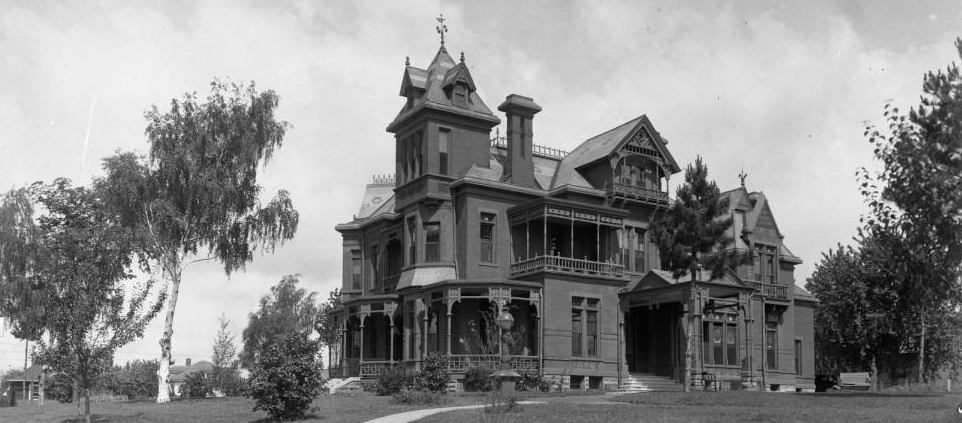
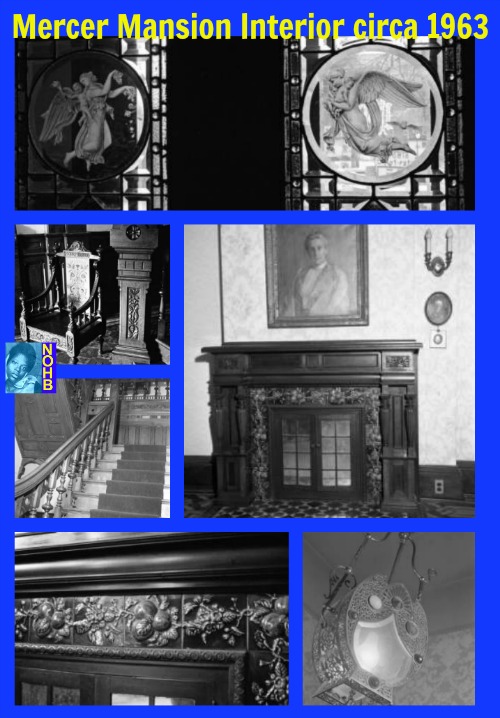
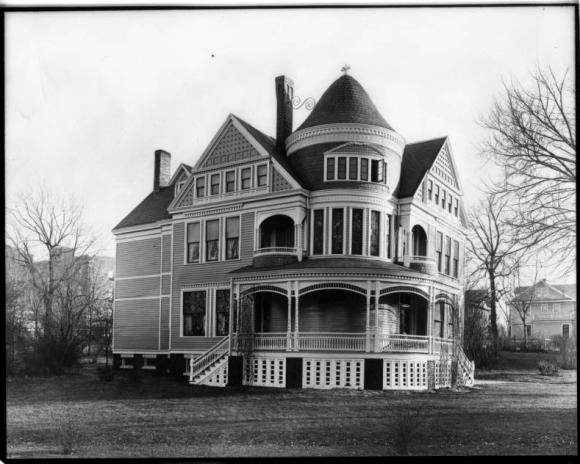
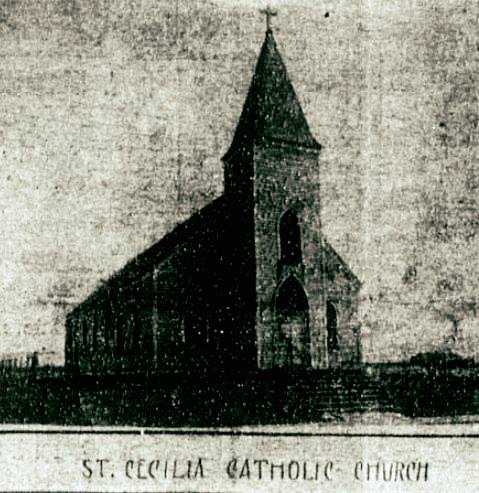

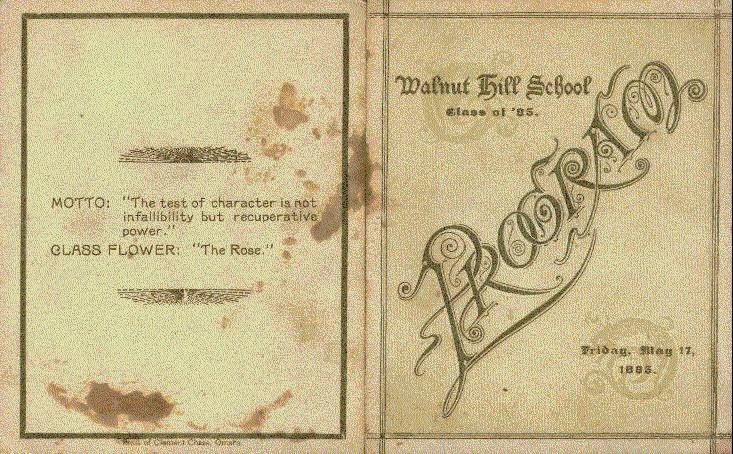
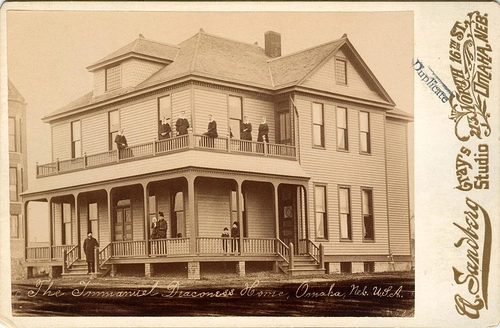

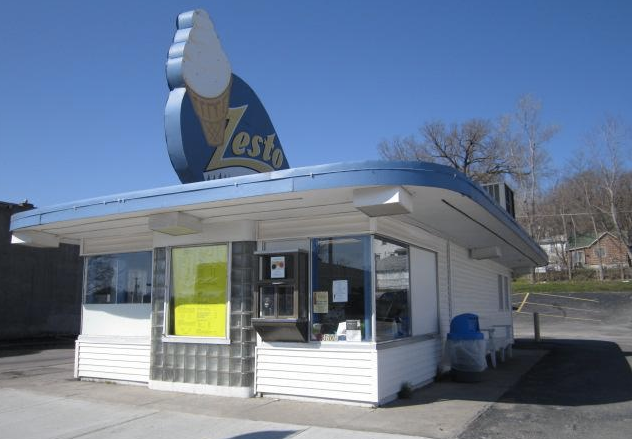
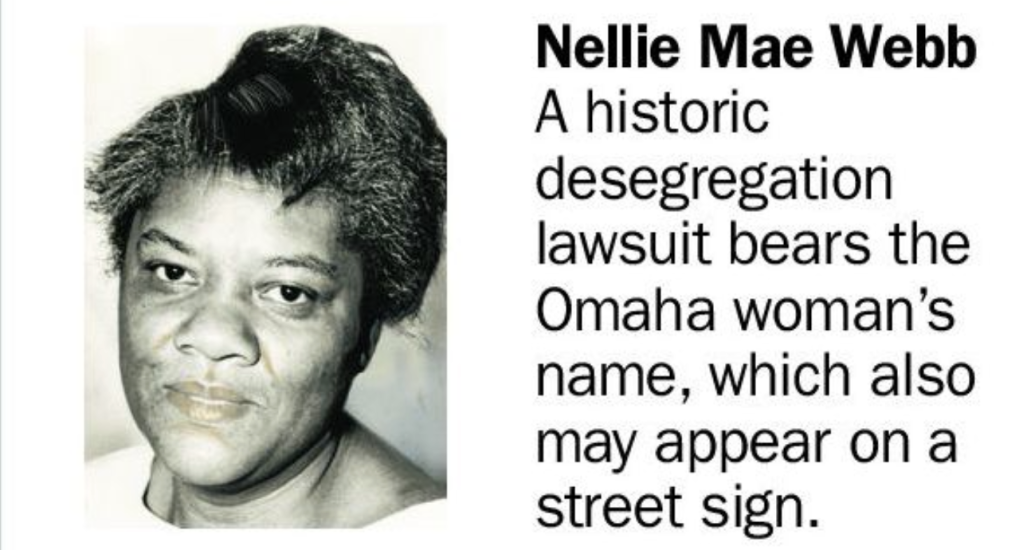
Leave a comment